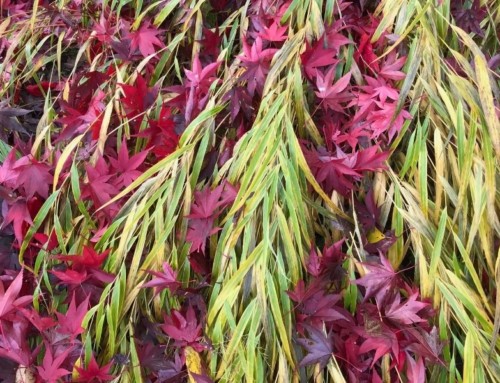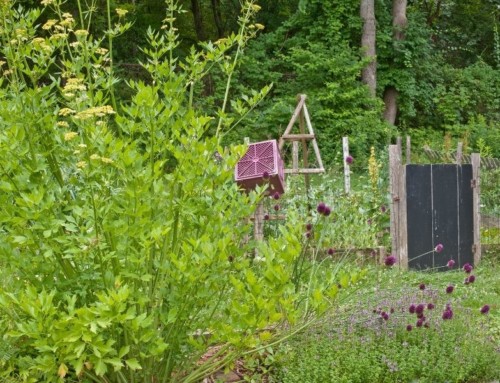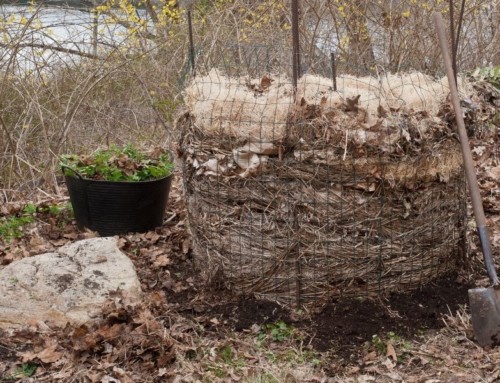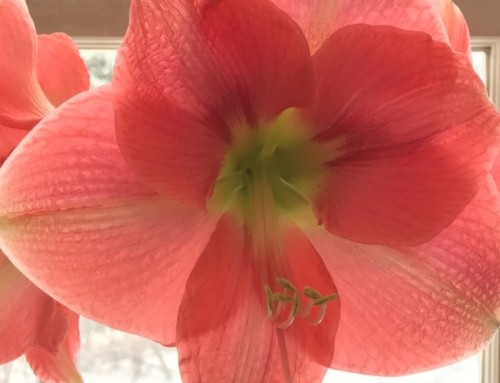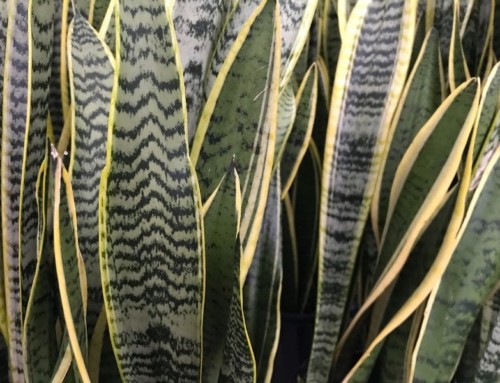The so-called “minor” bulbs are often listed as “Specialty Bulbs” or “Accent Bulbs” in catalogs. Or just listed in alphabetical order after page after page of stupendously showy Daffodils and Tulips.
They’re tiny, but they’re a major hit in my garden, where they bloom extra-early on my protected slopes.
I feel like I’m really rubbing it in when people I see in town say spring must be coming, they saw their first daffodil foliage poking up – and I tell them I’m on my second or third wave of bloom.
Now that fall bulb-planting season is upon us, check out online and catalog offerings (you won’t find all that many in garden centers) and try something new. Thumb or scroll through and buy whatever stirs your heart and suits your conditions.
Tiny spring-flowering bulbs are cheap, quick and easy to plant and addictive – there’s always room for more.
I treasure them because
- They bloom for a long time in the early season’s cool weather
- Most stand up to a couple snowstorms
- They feed early bees and other pollinators
- They’re not overbred. The closer to wild, the better they are at persisting, even reproducing in the garden
- Many are critter-resistant
- They’re beautiful and often completely unfamiliar
- Who doesn’t need flowers in January-February-March???
Over the years I’ve taken a chance on dozens. Some disappeared without further ado, others have persisted for decades. I’m still experimenting.
MY FAVORITE LITTLE BULBS
Good old-fashioned grape hyacinths (Muscari armeniacum) intrigued me when I was in kindergarten (a flower that looks like grapes!) and I still find them irresistible.
Many years ago I tried every grape hyacinth I could get my hands on.
Pale lavender-blue ‘Valerie Finnis’ and Muscari latifolium, deep purple with a light blue crown, survived a few years. Fancy sterile ‘Blue Spike’ and feathery Muscari comosum ‘Plumosum’ didn’t return (but they’re so wonderfully flamboyant-looking, I just might try them again).
30 years later, the straight species, Muscari armeniacum, are still with me.
Other winners, both long-time keepers and those that are “so far so good”
- Crocus tommasinianus ‘Barr’s Purple’ (seeded around for 30+ years, still here, just not in the same place)
- Crocus tommasinianus ‘Roseus’ (elegant as all get-out)
- Anemone blanda (‘Blue Shades’ mix, scrambling through peony crowns)
- Scilla mischtschenkoana (white with blue stripes, similar to dearly departed Puschkinia scilliodes libanotica, but beefier, longer lasting and more intense color)
- Iris reticulata ‘Harmony’, ‘Joyce’, ‘Rhapsody’ and other blue and purple cvs.
- Eranthus hyemalis (sunny yellow with frilly foliage, self-sowing all through my wet woods and borders)
- Galanthus nivalis (You can’t buy my variety, they’re passalongs found in an Ohio graveyard in the early 20th But you can plant the straight species for an every-increasing colony.)
- Tulipa turkestanica (in photo above), Tulipa tarda and other species or wild-type tulips (Turn in sharp gravel and they will increase year after year – until chipmunks find them – or plant in pots covered with netting or hardware cloth.
Click on the title for my article Great Bulbs That Last published in The American Gardener in 2013 for information about incorporating perennial bulbs in garden habitats.

